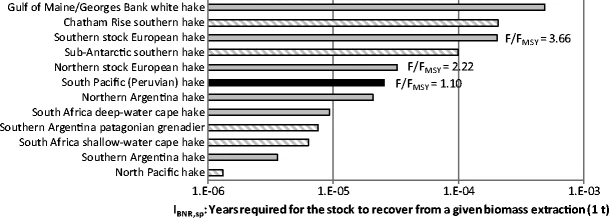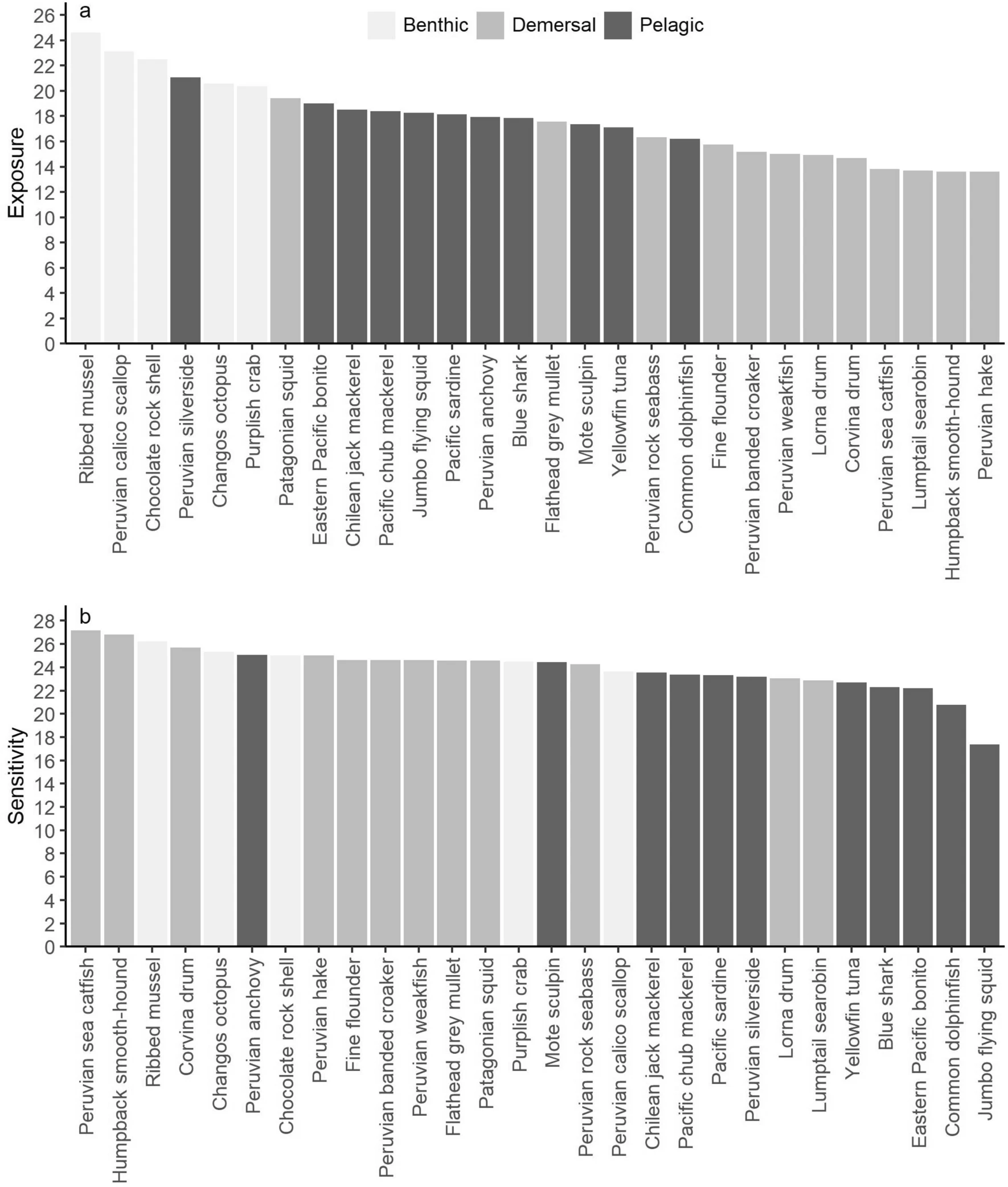See all HR resources could take a few minutes depending on your internet.
Monday, October 31, 2022
Sunday, October 23, 2022
Saturday, August 20, 2022
Open Science Conference on Eastern Boundary Upwelling Systems (EBUS): Past, Present and Future & Second International Conference on the Humboldt Current System September 19 - 23, 2022
The Open Science Conference on Eastern Boundary Upwelling Systems (EBUS): Past, Present and Future and the Second International Conference on the Humboldt Current System are planned for September 19 - 23 in Lima, Peru. Although the conference aims to be in-person, options for virtual participation will be provided.
The meeting will bring together PhD students, early career scientists and world experts to understand, review, and synthesize what is known about dynamics, sensitivity, vulnerability and resilience of Eastern Boundary Upwelling Systems and their living resources to climate variability, change and extreme events.
Sunday, July 10, 2022
Lower selectivity can help heavily exploited fish populations
Highlights
•Selective pressure-induced negative changes on fish populations can be mitigated with lower selectivity, favouring functionality and population recovery.
•The strong selectivity on individuals of a heavily exploited population can adversely affect the reproductive capacity of the population, the recruitment, the population structure stability, among other key characteristics.
•Within an exploited population the genetically-determined individuals to mature at larger size (and reproduce when they are older), are natural candidates to gradually disappear with the current fishery approach, and within the framework of the classical measures of protection (e.g. the criterion of minimum length of catch).
•Selective pressure-induced negative changes on fish populations can be mitigated with lower selectivity, favouring functionality and population recovery.
•The strong selectivity on individuals of a heavily exploited population can adversely affect the reproductive capacity of the population, the recruitment, the population structure stability, among other key characteristics.
•Within an exploited population the genetically-determined individuals to mature at larger size (and reproduce when they are older), are natural candidates to gradually disappear with the current fishery approach, and within the framework of the classical measures of protection (e.g. the criterion of minimum length of catch).
Puedes leer el artículo aquí
Environmental assessment of the Peruvian industrial hake fishery with LCA
Purpose
The Peruvian hake (Merluccius gayi peruanus) stock has been in a delicate state in the last decades due to overexploitation combined with adverse climatic events. The stock is showing certain signs of recovery since 2012. This work analyses the environmental impacts of current fleet operations and its likely trend.
The Peruvian hake (Merluccius gayi peruanus) stock has been in a delicate state in the last decades due to overexploitation combined with adverse climatic events. The stock is showing certain signs of recovery since 2012. This work analyses the environmental impacts of current fleet operations and its likely trend.
Climate vulnerability assessment of key fishery resources in the Northern Humboldt Current System
Los #invertebrados #bentónicos (choros, palabritas, almejas, pulpo, caracoles, etc.) están entre las especies explotadas más vulnerables frente al #cambioclimático. Son los menos estudiados, hay menor esfuerzo de investigación, el monitoreo y control aún es deficiente y no abarca por igual a todo el espectro de especies. El Sistema de la Corriente de #Humboldt frente a #Perú es el más productivo en términos pesqueros y también es una de las regiones del océano más amenazadas por eventos de gran escala como el CC. En este paper presentamos una evaluación al respecto para las principales especies de peces e invertebrados comerciales del país (la región Humboldt).
Puedes leer el artículo aquí
9th International Conference on Fisheries and Aquaculture 2022 . August 2022
The 9th International Conference on Fisheries and Aquaculture 2022 (ICFA 2022) in collaboration with the 2nd International conference of Politeknik Ahli Usaha Perikanan (AUP), which will be held in Jakarta, Indonesia via Hybrid Mode from the 25th – 26th of August 2022 under the theme “Artisanal Fisheries and Aquaculture: The Vision, Benefits, Roles, and Responsibilities.
Saturday, January 29, 2022
Derrame de crudo en la costa central de Perú
¿Qué está pasando en algunas pequeñas playas cerradas y protegidas que tiene Ancón? Ayer vimos algo de eso. A diferencia de algunas playas abiertas de Ventanilla y el propio Ancón, devastadas por el petróleo derramado, impulsado por las corrientes que lo transportan, hay algunos pocos sitios que no muestran a simple vista el daño ecológico. Debido a la morfología del borde costero, la fauna que habita estos lugares parece resistir un poco más y mejor este grave impacto (algunas fotografías y un vídeo de muestra). Sin embargo, la realidad es que apesar de estar protegidas en pequeños senos del borde costero, será cuestión de tiempo para que el impacto químico llegue a estas poblaciones.
El gran problema de la contaminación por hidrocarburos (s.s. polución) es la persistencia del daño químico en el agua de mar y en los sedimentos (algo que lamentablemente no se soluciona sólo con la extracción física del petróleo acumulado en la orilla o aquel que flota en el agua). La mixtura de químicos presentes en el crudo se degradará a diferentes tiempos, pero mientras eso ocurre puede inducir hipoxia/anoxia permanente sobre el fondo (y dependiendo del tiempo de residencia del polutante, casi siempre se forma una capa negra, apelmazada, sobre la superficie del sedimento marino). Si sumamos la transmisión de este impacto hacia los demás niveles tróficos, el resultado es terrible. Prioridad para combatir esto: tecnología (la mejor que tengamos) y colaboración multidisciplinaria. Este problema no se resolverá pronto.
El gran problema de la contaminación por hidrocarburos (s.s. polución) es la persistencia del daño químico en el agua de mar y en los sedimentos (algo que lamentablemente no se soluciona sólo con la extracción física del petróleo acumulado en la orilla o aquel que flota en el agua). La mixtura de químicos presentes en el crudo se degradará a diferentes tiempos, pero mientras eso ocurre puede inducir hipoxia/anoxia permanente sobre el fondo (y dependiendo del tiempo de residencia del polutante, casi siempre se forma una capa negra, apelmazada, sobre la superficie del sedimento marino). Si sumamos la transmisión de este impacto hacia los demás niveles tróficos, el resultado es terrible. Prioridad para combatir esto: tecnología (la mejor que tengamos) y colaboración multidisciplinaria. Este problema no se resolverá pronto.
Phalacrocorax bougainvillii
Phalacrocorax bougainvillii (un guanay, me parece un juvenil por su plumaje parduzco obscuro en el pecho, a penas y se distingue). Ejemplar recién rescatado y estabilizado por integrantes del serenazgo de Ancón, en Playa Hermosa. Aquí esperando a SERFOR.
Algo habitual encontrar aves afectadas, descansando en playas que no muestran afectación. Cerca de La Pocita de Ruiz.
Subscribe to:
Comments (Atom)







